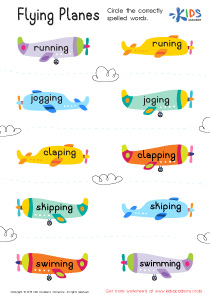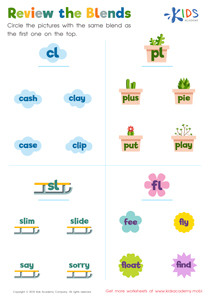First Grade Consonant Digraphs Worksheets
13 filtered results
-
From - To
Learning and Learning Consonant Digraphs Worksheets for Grade 1
These 1st grade consonant digraph worksheets will teach children what digraphs are, and how they are important in speech. Consonant sounds can be joined together to create a new sound. When this happens, the sound is called a digraph. Examples of digraphs include the ‘Sh’, ‘Ch’ and ‘Wr’ sounds. Examples of words containing digraph sounds include ‘sheep’, ‘chair’, and ‘wrong’. There are many more examples of digraphs, and these worksheets will show kids words that contain digraphs as well as how to pronounce them. Help your kids work through the simple tasks in these worksheets and practice their speech.
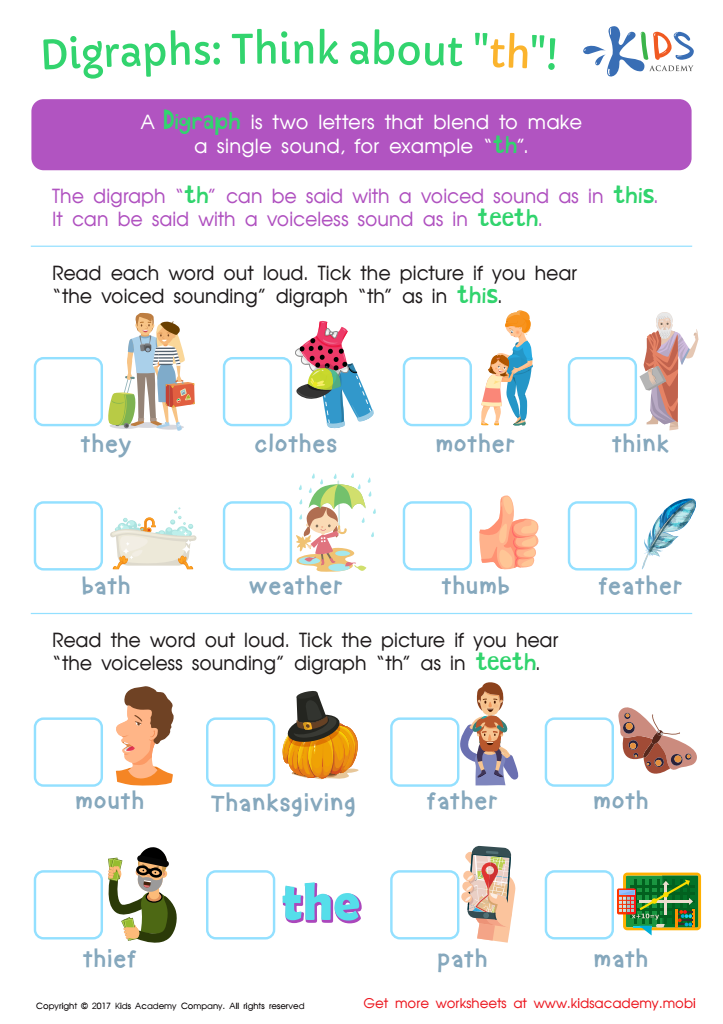

Digraphs: Think About "th" Worksheet


Blending Consonants: "Fl", "Bl" and "Gl" Printable
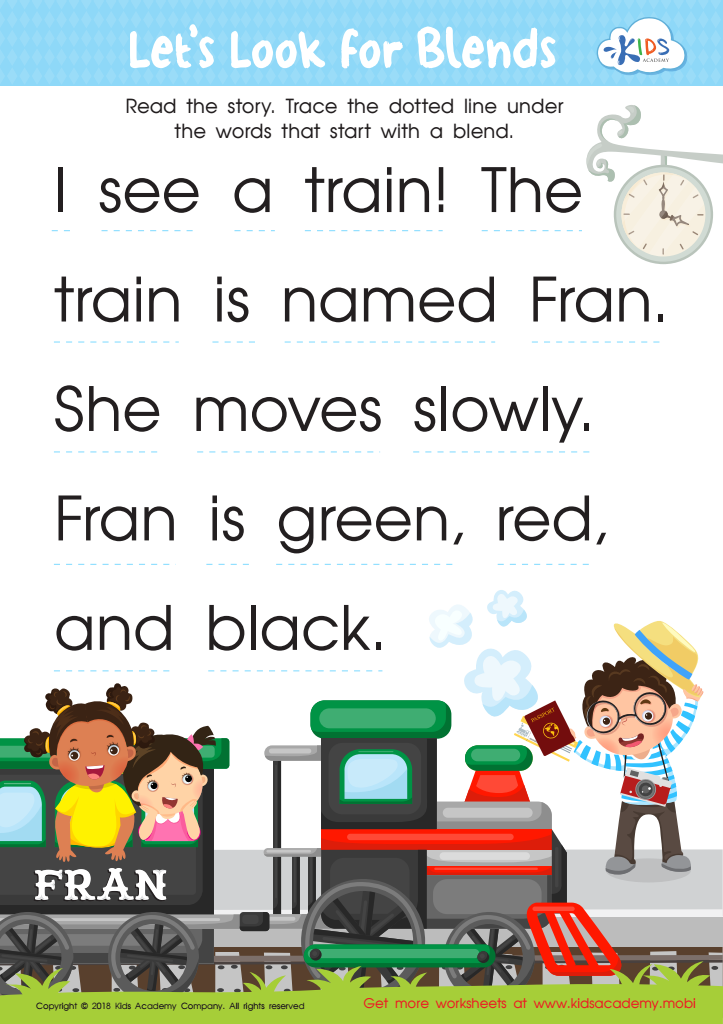

Let's Look for Blends Worksheet


Shhh... What Digraph? Worksheet
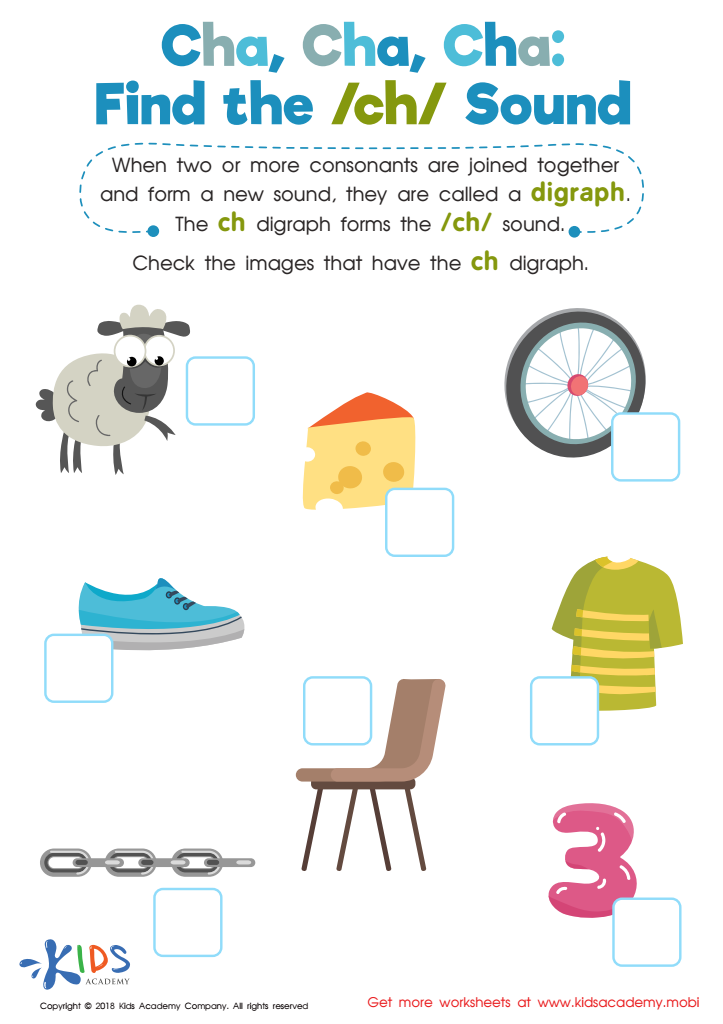

Cha, Cha, Cha: Find the /Ch/ Sound Worksheet
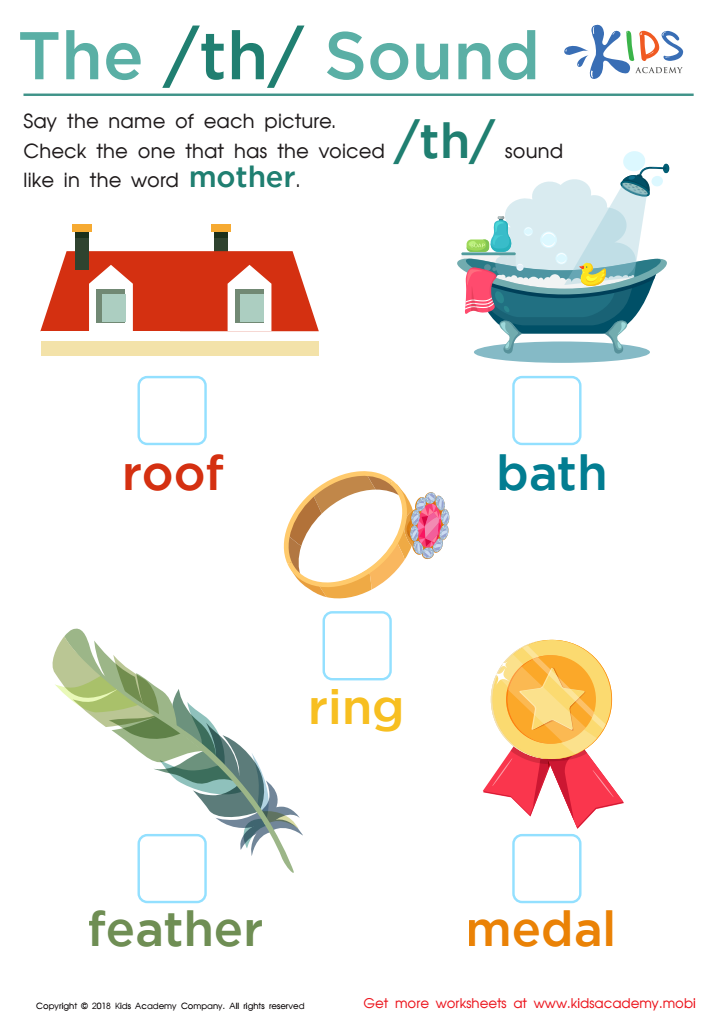

The /th/ Sound Worksheet
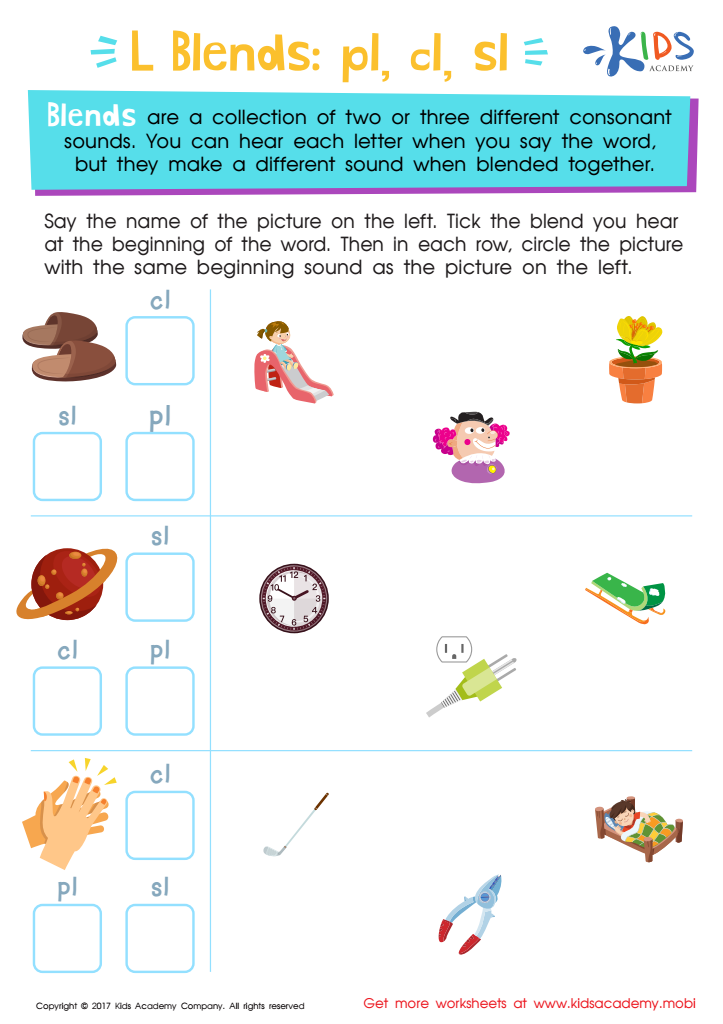

L Blends: "Pl", "Cl" and "Sl" Printable


Where Is the Digraph? Worksheet
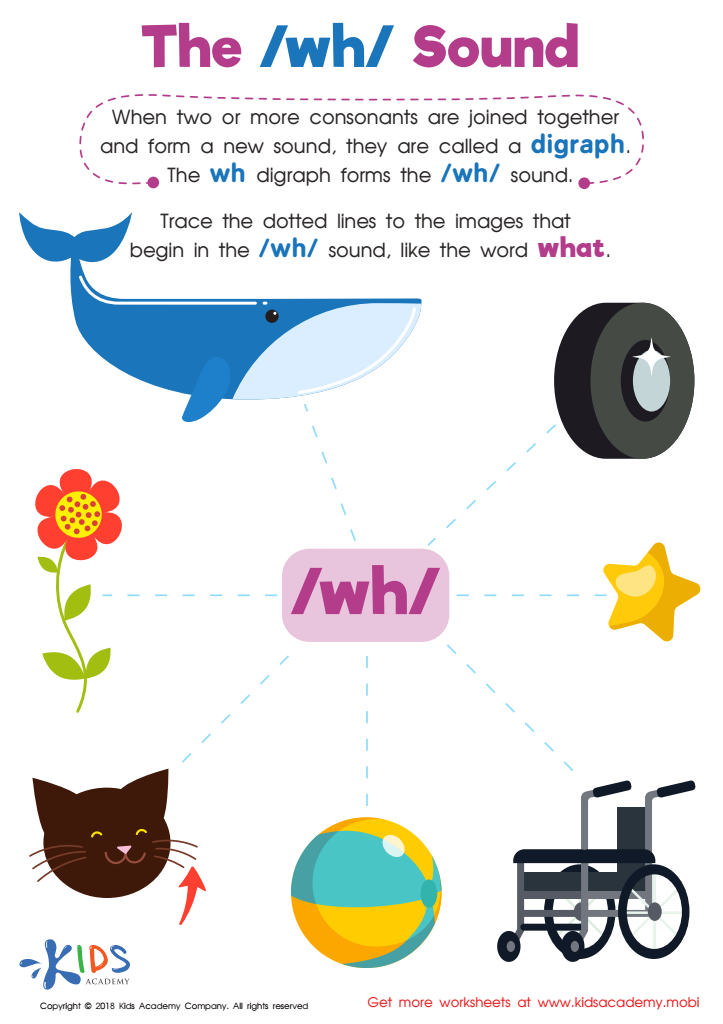

The /wh/ Sound Worksheet
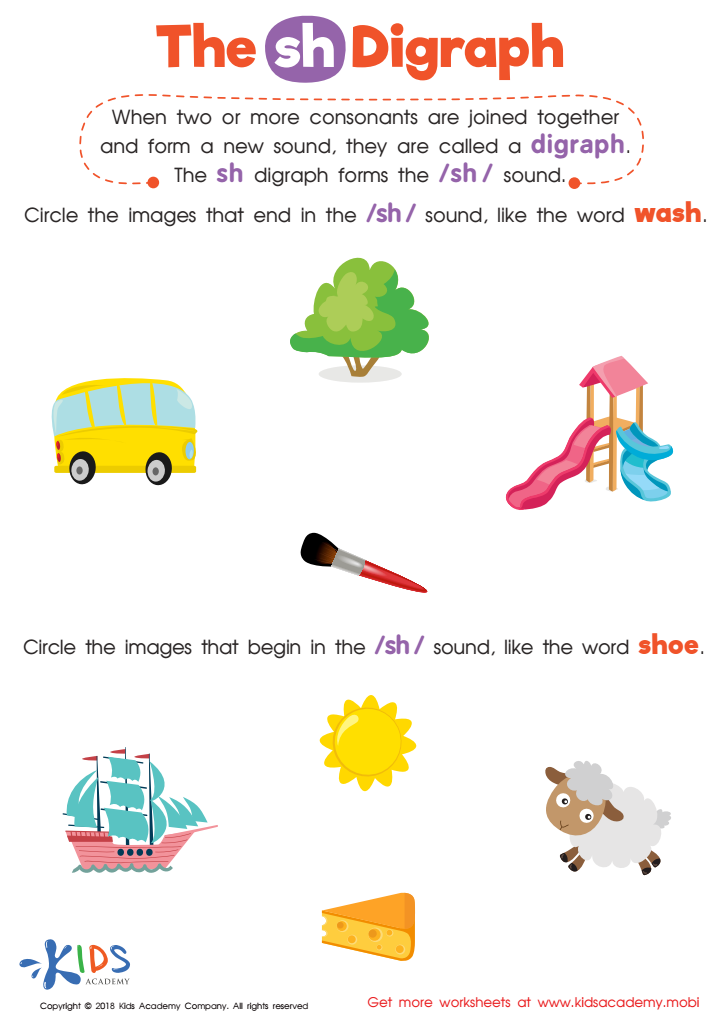

The SH Digraph Worksheet


Missing Digraph: Part 2 Worksheet


Consonant Blends: "Dr" and "Tr" Printable
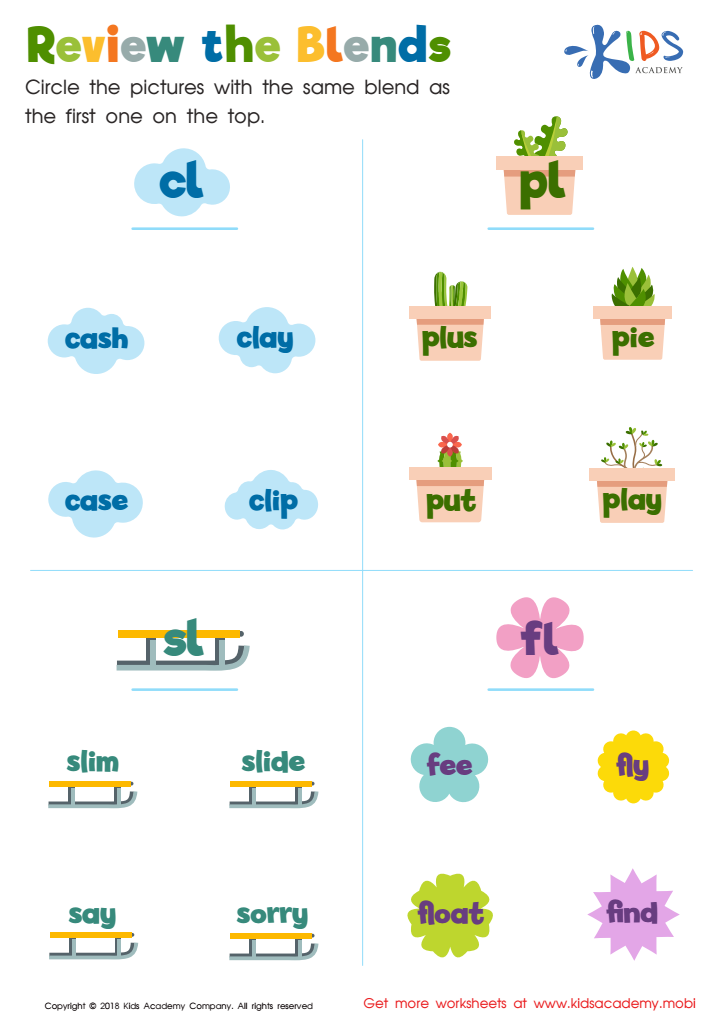

Review the Blends Worksheet
The Importance of Consonant Digraph Worksheets for Phonics Skills
Phonics skills are essential to a child's ability to read and write fluently. In the early elementary school years, children learn the building blocks of phonics, including consonant digraphs. Worksheets on consonant digraphs are invaluable tools for reinforcing these vital skills.
Consonant digraphs are two consonant letters that come together to make a new sound. Some examples of these letter pairs include 'ch', 'sh', 'th', 'wh', 'ph', and 'gh'. When children are first learning to read, consonant digraphs can be particularly tricky because the letters do not always make the sounds we typically associate with them. For example, 'ch' makes the 'ch' sound in words like 'church', but it makes a 'k' sound in words like 'school'.
Worksheets on consonant digraphs can offer a child valuable extra practice in mastering these complex sounds. They can help children recognize and understand the letters that make up each digraph, and learn to use them correctly in words and sentences. Worksheets can also give children the chance to identify consonant digraphs in context, which reinforces reading comprehension skills and promotes overall fluency.
The benefits of using consonant digraph worksheets are numerous. For one, these worksheets can be a lot of fun for children. When designed properly, worksheets can be engaging, interactive, and even competitive. As children work through the diphthongs worksheets, they earn points or race against a timer, adding an element of challenge and excitement that can encourage children to work harder and learn more.
Another advantage of using worksheets is that they can be customized to the specific skill level and needs of each individual child. Children who are struggling with consonant digraphs can start with simpler worksheets, while those who have already mastered basic digraphs can move on to more complex exercises. This way, each child can learn at their own pace and build the skills they need to succeed.
Perhaps one of the greatest benefits of using consonant digraph worksheets is that they are often readily available for parents, teachers, and students to access. Many educational websites offer free consonant digraph worksheets that can be downloaded and printed out, making them accessible and convenient. Parents who want to work on phonics skills with their children at home can simply go online and find worksheets that are appropriate for their child's grade level and skill level.

 Assign to My Students
Assign to My Students







